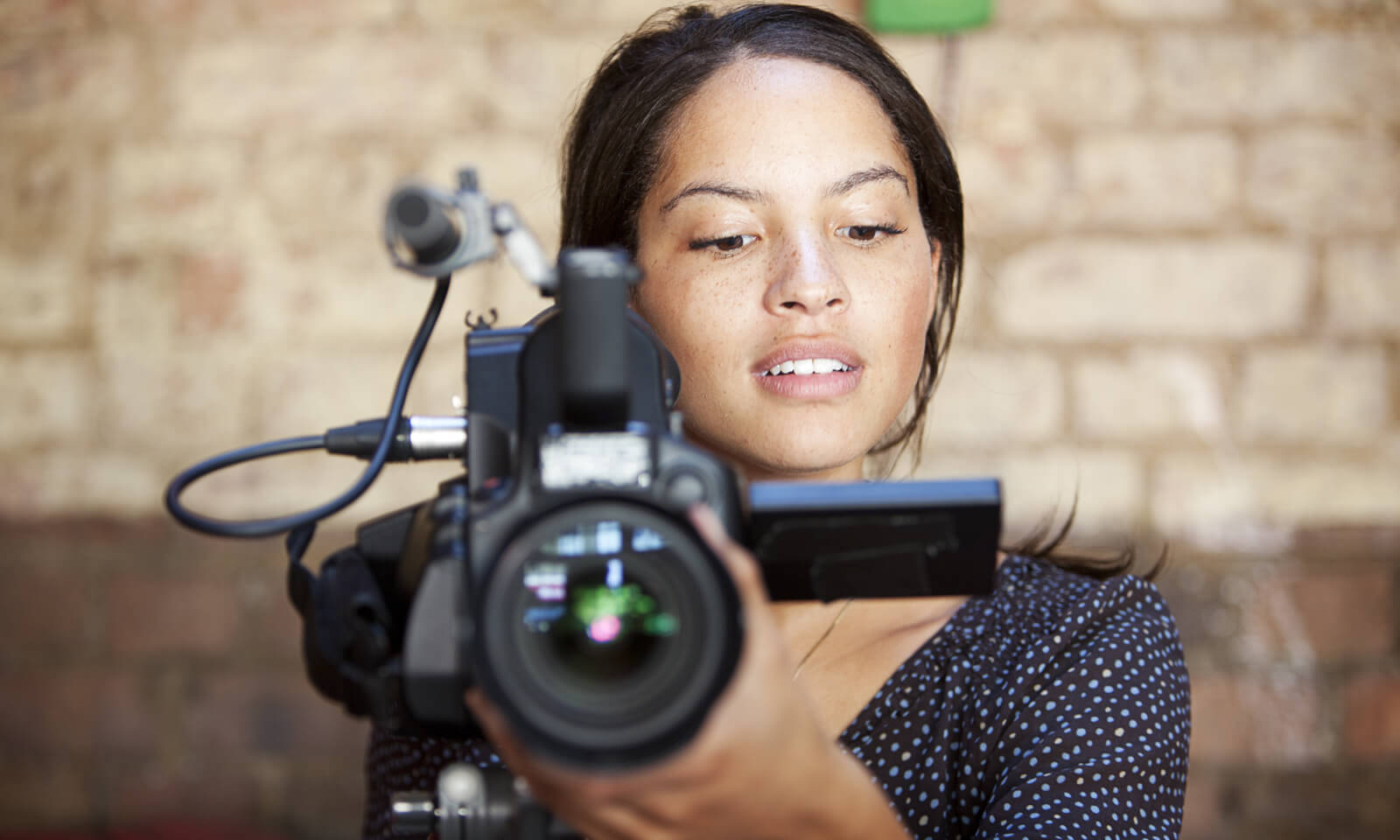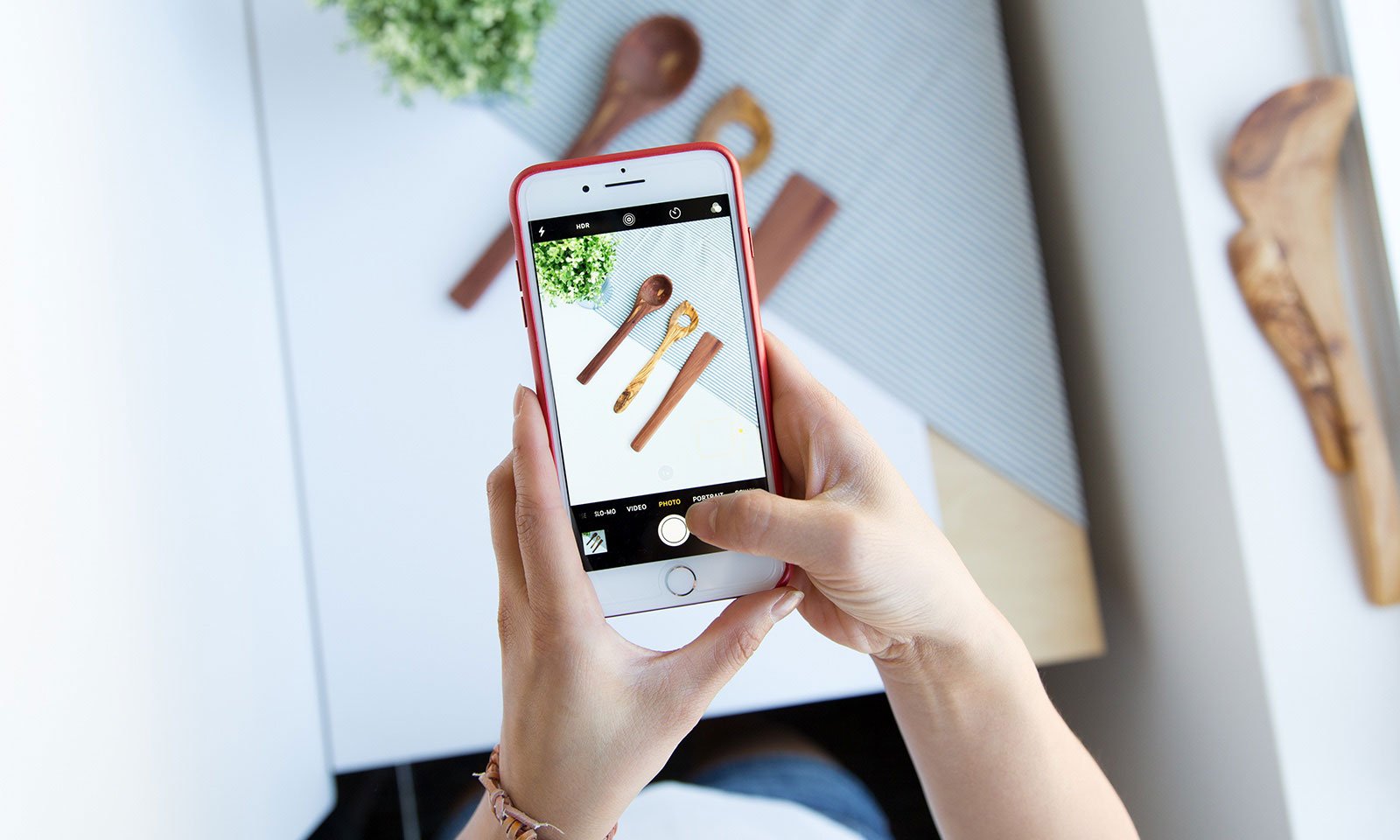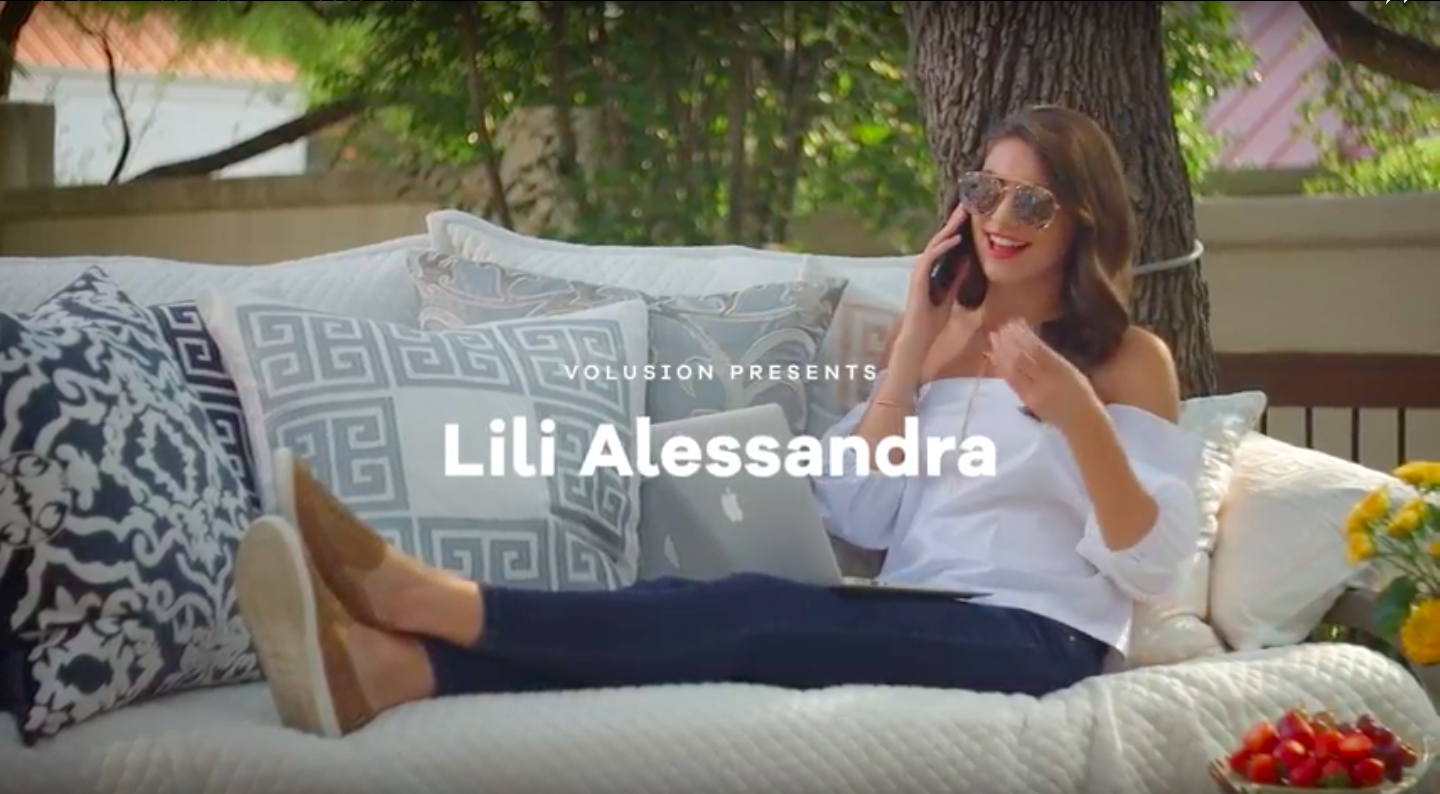
In order for small to medium-sized businesses to compete in today's dynamic marketplace, you need to be thinking about high-quality video content. Great video content can act as an ad for your products or your service, be shared across multiple social media platforms, and more. As an e-commerce entrepreneur with Volusion, making your own video content probably seems like a daunting task.
Luckily, you don't need a professional video studio to make high-quality videos and video content for social media or your site. There are best practices that you can follow to make sure that you're making the most with what you've got - and if you follow some of the core rules of video production (like good lighting, quality staging, stability) you can create professional looking videos on a shoestring budget.
Having better video production not only makes your videos more interesting and engaging, but it gives your audience confidence. No one wants to buy an item that looks like it was filmed in a creepy basement! Read on to learn how to make the most of videos you shoot.
1. Pick Your Equipment
You don't need to break the bank to film content for your store. In fact, a smartphone can easily be used to capture videos and create great content. (More on that below.) However, if you want to buy some entry-level professional gear, we recommend getting a Canon Rebel T7. It's a fantastic camera for shooting video-as is, but if you really want to get fancy you can also pick up one that comes with a video creator kit.
2. Use a Tripod
Camera stabilization is one of the easiest ways to add legitimacy to your production. If you have no money for anything else, this is where you should spend it. If you're shooting with your cell phone, you can use a tripod or even a cool steadicam like this to have smooth video, even if you’re walking around recording.
3. Get Quality Audio
Buy a microphone so that you can eliminate as much ambient noise as possible. We used this for a shoot with our CEO back in November. Clear audio is especially important if you're discussing the specifics of an item or telling a story about your brand. Your video may look great, but it loses most of its effect if no one can understand what you're trying to say! Additionally, having good audio just makes you look (and sound) more professional.
Ideally if you're shooting with a DSLR, you would use a wireless lav mic set and an external recorder, but if you're in a pinch and trying to save money, use the one we mentioned earlier. This is also a good option if you're shooting on your cell phone. Just remember to keep the noise as low as possible so that your levels don't clip!
4. Find the Right Music
Music can be a great asset to any video, especially if you want to film an item without having to include voiceover the entire time. There are multiple sites where you can purchase royalty-free music inexpensively. I often find great tracks at Premium Beat and Pond5. If you have a larger budget and want to up the ante, try Musicbed.
5. Set Up Your Lighting
While having a good light is helpful, use mother nature when you can! A little natural light from a window can do wonders to make your subject look great. (This also applies to product photography.) For example, in this product shoot that we did, most of the light we used was completely natural...and the results were great.

6. Pick a Background
While a plain white background is a go-to for many people, I say ditch it! One, your video will look a lot like other content that’s already out there. Two, it just doesn’t look good. For example, in this video we shot for Lili Alessandra, we used a fun, colorful setting (and a model) to show off their gorgeous pillows:

7. Add Video Effects
There are also a number of other types of video you can use to create cool supporting footage. Filming in slow motion can really detail the intricacies of a product or process, and using time-lapse video lets you squeeze a lot of detail into mere seconds of footage. These are both features you can find on most smartphones.
For the more tech-savvy folks out there: if you're using a more advanced camera like a DSLR, there's also always an option for time lapse. For slow motion you'll just want to shoot in 60 frames per second, and then put that footage in a 30 frame per second timeline in Adobe Premiere.
Having eye-catching videos on your social media is a great way to attract new customers (and keep current fans entertained). We live in a visual-focused society, and the more great video content you can produce, the more people are going to be engaged with your brand. Hopefully these tips have given you some insight into filming some fantastic content!
Have any questions about creating video for social media? Let us know in the comments!











